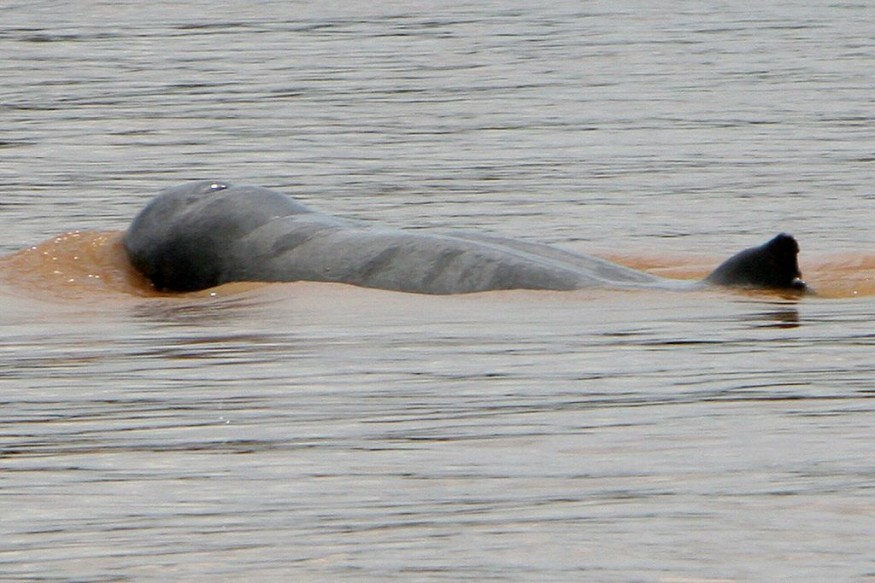The last known freshwater dolphin, also known as Irrawaddy or Mekong River dolphin because it inhabits both rivers in southern Laos, died on Tuesday, February 22. Environmentalists said that the death of mammals signals the parlous state of the largest river in Southeast Asia.
Cambodia's Fisheries Conservation Department announced that the dolphin was found dead on a riverbank in Stung Treng province near the border of Laos.

Last Mekong River Dolphin's Cause of Death
The Mekong River dolphin is considered a critically endangered species but unfortunately died after being caught in a fishing net. It was badly injured, which prevented it from swimming, and eventually died. Cambodia's Fisheries Administration and other conservationists also pointed to pollution as one of the culprits of the dolphin's death.
🇰🇭🇱🇦 The last Irrawady dolphin in Anlung Chheuteal, emaciated and entangled in a net, is not getting any help: swimming too close to Laos, too old for anesthesia. Just making sad noises.https://t.co/Ri1AD6aB3Y
— Christian Razukas (@hellochris) February 16, 2022
The World Wide Fund for Nature (WWF) noted in a statement that its death represents a national-level extinction of freshwater dolphins in Laos. WWF said that the dolphin was a 25-year-old male that measured 8.5 feet (2.6 meters) long and weighed 242.5 pounds (110 kilograms). UCA News reported that the dolphin was seen struggling in a net before its dead body was found washed up on a shore days later.
A villager in Laos said that the dead dolphin is the last freshwater dolphin in the area, and there will most probably be no more dolphins in the country because these species no longer have food sources in the river, and its ecosystem has already been destroyed. Last year, there were three known specimens in the Mekong River. However, the other two had already died.
Villagers blamed fishing practices in the river that caused the demise of the dolphins. One resident said that the dolphins often wander into other territories near areas where humans fish or use explosives when they cannot find food in the area.
Declining Population of Mekong River Dolphins
The International Union for Conservation of Nature (IUCN) has red-listed the Mekong River dolphin as an endangered species as its population slowly declines each year.
Environmentalists said that freshwater dolphins are still relatively stable in the Irrawaddy River in Myanmar and the downriver in the Mekong in Cambodia, where there are about 89 of them in 2020. But Cambodian rivers continue to experience climate change that could adversely affect their population and gradually decline.
According to the Associated Press (AP), the first group of Irrawaddy dolphins arrived in Cambodia in 1997 with an estimated population of about 200. But it has drastically fallen in the past decades that the remaining population is now considered "critically endangered." However, they are fairly stable despite facing some challenges.
The death of the last known freshwater dolphin in the Mekong River highlights how vulnerable these aquatic mammals are and the other species that remained in Southeast Asia's largest river. Experts said that climate change is a major factor that increases the risk of population decline among various species in the area.
RELATED ARTICLE : Mysterious Skin Disease on Dolphins Linked to Climate Change
Check out more news and information on Dolphins in Science Times.












